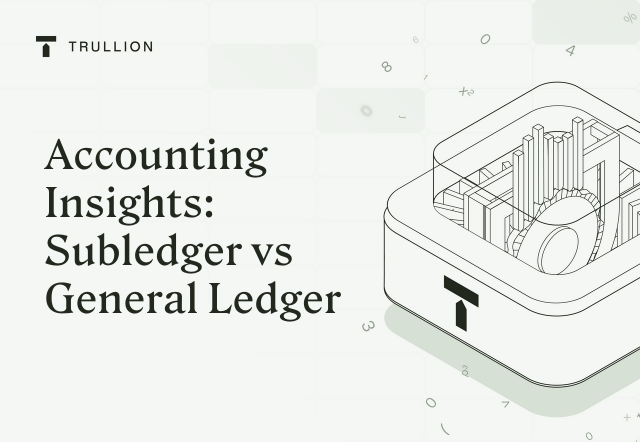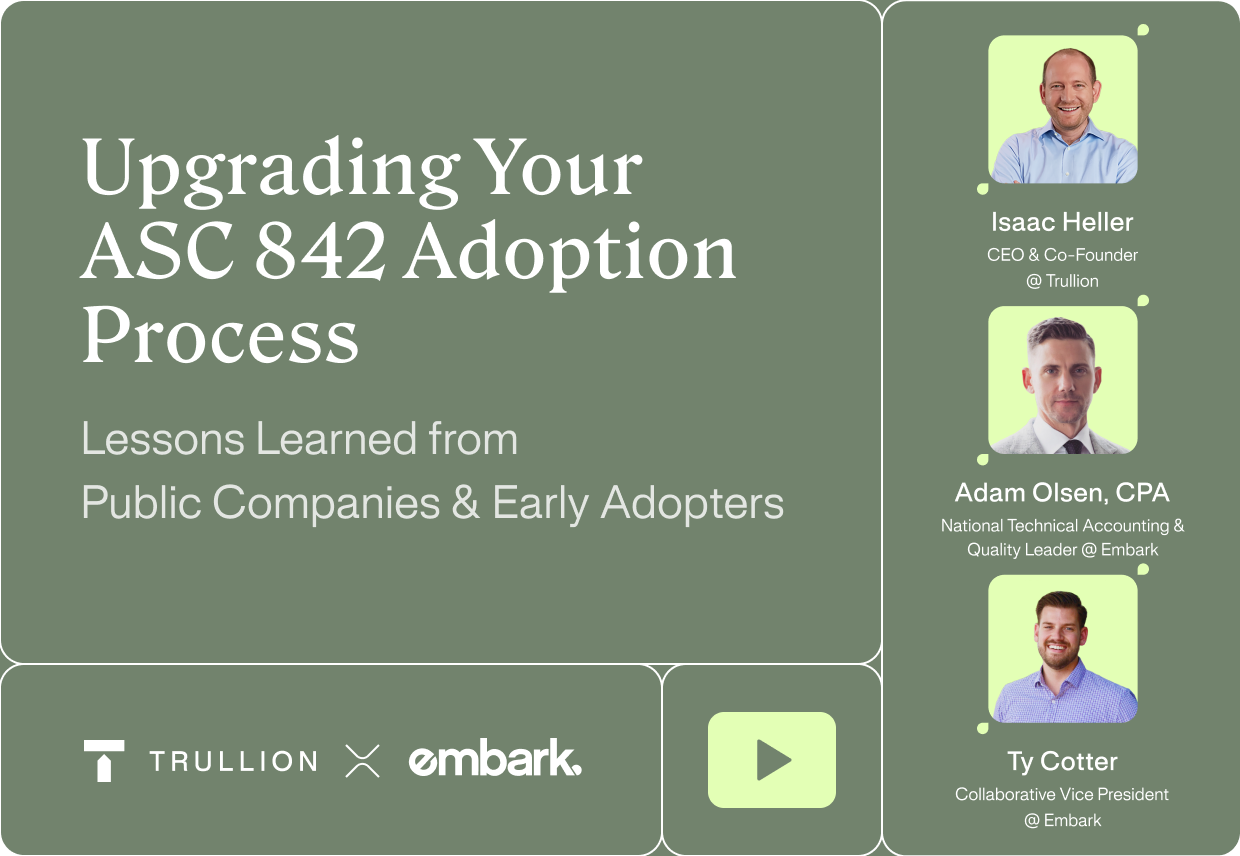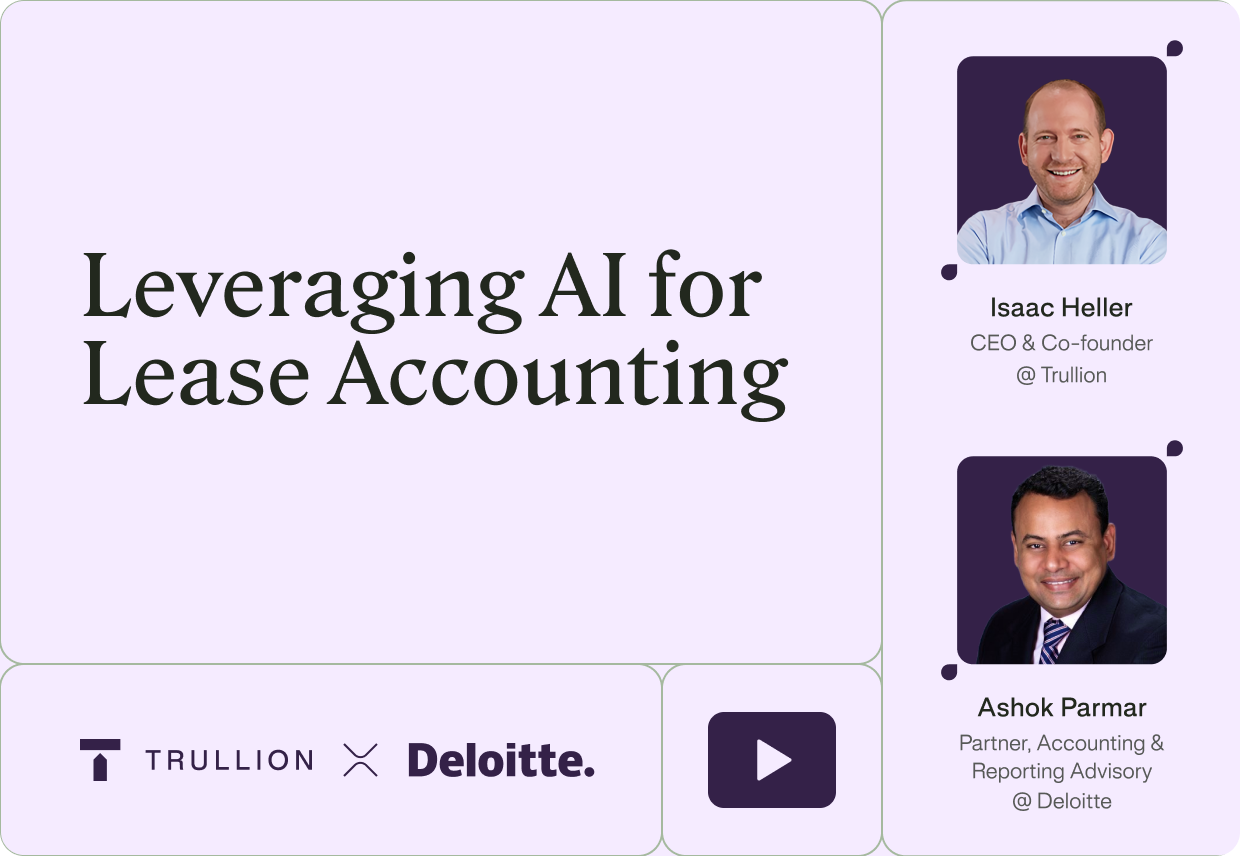Introduction
As a finance leader or CFO, there will be times when you need to see high-level financial information to deliver insights or add value and times when you want to drill down and get granular information in order to understand a trend or check the transactions driving a specific balance.
This is just one instance where the difference – and value – between the general ledger and subledgers is apparent.
Read on to learn more about:
- What is a subledger
- Examples of subledgers
- Subledger vs general ledger and key differences
- Best practices when it comes to general ledger vs subledger
- Leveraging automation, handy tips, and more
Understanding the General Ledger
The general ledger is the core accounting record-keeping system within an organization. It acts as a centralized repository where all financial transactions are systematically recorded, following the principles of double-entry accounting.
Purpose of the general ledger
The primary purpose of the general ledger is to provide an organized and accurate record of an organization’s financial activities. Its key purposes include:
- Financial Record Keeping: The general ledger records and tracks all financial transactions, ensuring that nothing is overlooked or omitted.
- Internal Control: It plays a vital role in internal control mechanisms by helping to detect errors, discrepancies, or fraudulent activities.
- Financial Reporting: The information in the general ledger serves as the foundation for generating financial statements, including the balance sheet, income statement, and cash flow statement.
- Historical Record: Over time, the general ledger becomes a historical record of an organization’s financial transactions.
- Audit Trail: The ledger provides a comprehensive audit trail, documenting every financial transaction and adjustment.
Role of the general ledger in financial reporting
The general ledger plays a pivotal role in financial reporting by serving as the backbone of an organization’s accounting system. It accumulates, organizes, and summarizes all financial transactions, ensuring that financial data is accurate, complete, and compliant with accounting principles.
This centralized ledger provides the essential data required to create comprehensive financial statements, including the balance sheet, income statement, and cash flow statement.
Key components and structure of the general ledger
The general ledger consists of key components and follows a structured format. Its primary components include individual accounts that represent specific financial categories, such as assets, liabilities, equity, revenue, and expenses.
Each account is assigned a unique account number and name for identification. Transactions are recorded in the ledger following the double-entry accounting method, with each entry consisting of a debit and a credit to maintain the accounting equation’s balance.
What is a Subledger?
In a nutshell, a subledger is subordinate to the general ledger, and contains individual transactions that are ultimately reflected in the general ledger. We’ll now look at subledgers in more detail.
Definition and significance of subledgers
A subledger, also known as a subsidiary ledger, is a specialized accounting ledger that focuses on detailed transactional records for specific categories or accounts within an organization.
Different types of subledgers
Subledgers can vary depending on the specific financial categories they address. Common types of subledgers include:
Accounts Receivable Subledger: This subledger tracks individual customer transactions, such as invoices, payments, and credit memos. It helps businesses manage outstanding customer balances and streamline the collections process.
Accounts Payable Subledger: Accounts payable subledgers record detailed information about vendor invoices, payments, and credit notes. They assist organizations in managing their outstanding supplier balances and ensuring timely payments.
Inventory Subledger: This subledger is dedicated to monitoring inventory-related transactions, such as purchases, sales, adjustments, and write-offs. It provides insights into inventory levels and valuation.
Fixed Assets Subledger: Fixed asset subledgers maintain records of capital asset acquisitions, disposals, depreciation, and maintenance. They help organizations track the value and condition of their long-term assets.
How subledgers interact with the general ledger
Subledgers are closely integrated with the general ledger in an organization’s accounting system. Transactions recorded in subledgers are periodically summarized and posted to the general ledger.
This integration ensures that the summarized information from subledgers is included in the organization’s financial statements and overall financial records. For example, the total accounts receivable balance from the accounts receivable subledger is periodically posted to the general ledger’s accounts receivable account, which is then reflected in the balance sheet.
Key Differences between Subledger and General Ledger
Now that we have established a basic understanding of subledgers and the general ledger, we’ll look at the key differences between these ledger types.
Scope and level of detail in subledgers and general ledger
Subledgers focus on specific financial categories or accounts and maintain a high level of detail. For example, an accounts receivable subledger contains individual customer transactions, providing a granular view of outstanding balances. In contrast, the general ledger maintains summarized data for various financial categories, offering a broader but less detailed perspective. It contains account totals and balances, providing an overview of the organization’s financial position.
Transaction processing and recording in subledgers and general ledger
Subledgers are primarily transactional in nature and are designed to capture individual transactions as they occur. For instance, an accounts payable subledger records each vendor invoice, payment, or credit note separately. The general ledger however typically records summarized entries, consolidating transactions from subledgers.
Reporting and analysis capabilities of subledgers and general ledger
Subledgers are great for providing detailed information for specific categories, making them valuable for internal reporting and analysis. They facilitate in-depth insights into areas like customer balances, vendor accounts, or inventory levels. The general ledger, on the other hand, offers a summarized perspective, making it suitable for generating financial statements like the balance sheet and income statement. It’s essential for external reporting and provides an overall view of an organization’s financial performance and position.
Use Cases and Benefits of Subledgers
Next, we’ll look at how subledgers are used in practice, with some examples.
Managing complex accounting processes
Accounting processes can be complex, especially when multiple locations and currencies are involved. In these cases, subledgers are invaluable: specific subledgers can be created for each location or currency, enabling localized and detailed financial tracking.
Enhanced tracking and analysis of specific accounts or business areas
Subledgers provide a focused view of specific accounts or business areas. For example, an inventory subledger allows for precise tracking of inventory transactions, helping businesses optimize stock levels and reduce carrying costs.
Facilitates efficient reconciliation
To ease the reconciliation process, subledgers can be leveraged to maintain detailed transaction records. For example, the accounts receivable subledger helps reconcile customer balances more efficiently, as individual transactions are readily available for comparison.
Allows for a “light” general ledger
Subledgers can take on more of the transactional and detailed workload, allowing the general ledger to operate in a more summarized and streamlined manner. This “light” general ledger reduces the complexity of maintaining extensive transaction records, making financial management more efficient and less resource-intensive while still providing comprehensive financial reporting for external stakeholders.
Use Cases and Benefits of the General Ledger
Now that we’ve looked at use cases for the subledgers, we can turn our attention to examples and benefits of the general ledger.
Consolidation and summarization of financial information
As discussed previously, the general ledger serves as the central repository for consolidating and summarizing financial data from various subledgers and accounts. It aggregates detailed transaction records into account balances, providing a comprehensive overview of an organization’s financial position.
Generating financial statements and reports
The general ledger is used to compile the financial statements, including the balance sheet, income statement, and cash flow statement. By summarizing data from various accounts, it forms the basis for these crucial documents that provide stakeholders with insights into an organization’s financial health and performance.
Supporting financial analysis and decision-making
The general ledger allows financial professionals and management to assess historical financial performance, identify trends, and make informed strategic decisions.
Interactions between Subledgers and the General Ledger
The next step in the process of deeply understanding subledgers and the general ledger, is in exploring how these ledger types interact with one another.
Data flow and integration between subledgers and general ledger
The interaction between subledgers and the general ledger involves a seamless data flow and integration process. Subledgers capture and record detailed transactional data specific to their respective accounts or categories. Periodically, this detailed information is summarized and transferred to the general ledger. This integration ensures that the general ledger maintains an accurate and consolidated view of the organization’s financial position, reflecting data from all subledgers. It also supports double-entry accounting principles, where the debits and credits from subledgers are appropriately balanced in the general ledger.
Reconciliation processes and controls
Subledgers play a critical role in reconciliation by providing detailed transaction records for specific accounts. Reconciliation between subledgers and the general ledger involves comparing and verifying the data to identify discrepancies or errors. Robust controls are put in place to ensure that the data in subledgers aligns with the corresponding entries in the general ledger.
Ensuring accuracy and consistency of financial data
Subledgers capture detailed transactional information with a high level of granularity, ensuring that each transaction is recorded accurately.
Best Practices for Subledger and General Ledger Management
What are some of the best practices when it comes to managing the subledgers and general ledger?
1. Establishing proper chart of accounts and account coding structures
A fundamental best practice is to establish a well-structured chart of accounts and account coding system.
2. Accurate and timely recording of all financial transactions
Timely and accurate recording of financial transactions is crucial for maintaining the integrity of both subledgers and the general ledger. This practice ensures that financial data is up-to-date, reducing the risk of errors, omissions, or discrepancies. It supports compliance with accounting standards and enables organizations to make informed decisions based on real-time financial information.
3. Implement a segregation of duties to prevent errors
To enhance internal control and prevent errors or fraud, organizations should implement a segregation of duties. This practice involves assigning different responsibilities for transaction processing, authorization, and reconciliation to separate individuals or teams. It reduces the risk of errors or irregularities going undetected and maintains the integrity of financial data in both subledgers and the general ledger.
4. Regular reconciliation and review processes
Establishing regular reconciliation and review processes is essential to verify the accuracy and consistency of financial data between subledgers and the general ledger. Periodic reconciliations ensure that the detailed transaction records align with the summarized data in the general ledger. Any discrepancies or errors can be promptly identified and resolved, enhancing the reliability of financial reporting.
5. Leverage automation to streamline processes
Leveraging automation tools and software can greatly improve the efficiency and accuracy of subledger and general ledger management. Automation helps in data entry, transaction processing, and report generation, reducing manual errors and saving time.
Automation in Subledger and General Ledger Processes
With automation being such a central part of best practice when it comes to subledgers and the general ledger, it’s important to understand the true power of ledger automation within a finance and accounting context.
Role of automation in subledger and general ledger management
Automation plays a significant role in streamlining subledger and general ledger processes. It involves the use of software and technology to perform routine tasks, such as data entry, transaction processing, and report generation, with minimal human intervention. Automation improves the accuracy, efficiency, and speed of recording financial transactions and maintaining ledger records, reducing the risk of errors and enabling organizations to access real-time financial data.
Automated data capture and reconciliation tools
Automated data capture tools facilitate the efficient collection and input of financial transaction data into subledgers and the general ledger. These tools can include optical character recognition (OCR), electronic data interchange (EDI), and data extraction software, which automate the extraction and input of data from various sources like invoices and receipts. Automated reconciliation tools streamline the reconciliation process by identifying discrepancies between subledger and general ledger data, allowing for quicker resolution of errors.
Benefits and challenges of technology adoption in subledger and general ledger processes
The adoption of technology in subledger and general ledger processes offers several benefits, such as increased accuracy, reduced manual effort, improved data integrity, and faster reporting. Automation also enhances data security and compliance by maintaining an audit trail.
How Trullion Can Help
Trullion is the accounting oversight platform that uses AI to simplify complex accounting areas such as revenue recognition, lease accounting, and audit workflows. It’s well-known and loved by accounting professionals, auditors and consultants for lowering risk, increasing accuracy, reducing manual work and adding value at every stage of the workflow.
Trullion in action
A case in point is Trullion client Eisai Co., Ltd. – a Japanese pharmaceutical company headquartered in Tokyo with around 10,000 employees. Eisai is listed on the Tokyo Stock Exchange and is a member of both the Topix 100 and the Nikkei 225 stock indices.
Vincent Shurr, Global Director of Corporate Accounting and Consolidations at Eisai, has some incredibly complex accounting processes to oversee, given the global nature of the business. One area that would be challenging would be the interaction of the various subledgers with the general ledger, especially with a multinational, multi-currency operation.
Schurr turned to Trullion, and hasn’t looked back. According to him, “I just know that I have a system that I can trust. The biggest benefit of Trullion is that peace of mind, knowing that we have a solution to deploy when we have a new lease, a tried and true way of accounting for it safely and making sure there are no mistakes.”
Summary: Subledger vs General Ledger
We explored the general ledger vs subledger, and delved into the fundamentals of each. Specifically, we looked at:
- The key differences in subledger vs general ledger
- Use cases and benefits of each
- Interactions between subledgers and the general ledger
- Best practices in managing these ledger types
- The critical role of automation
For businesses, accounting leaders, and CFOs, it’s clear that investing in efficient subledger management can pay dividends. With the right automation tools in place, you should enjoy maximum value, with minimal risk.
To learn more, get in touch with a Trullion product expert today.










